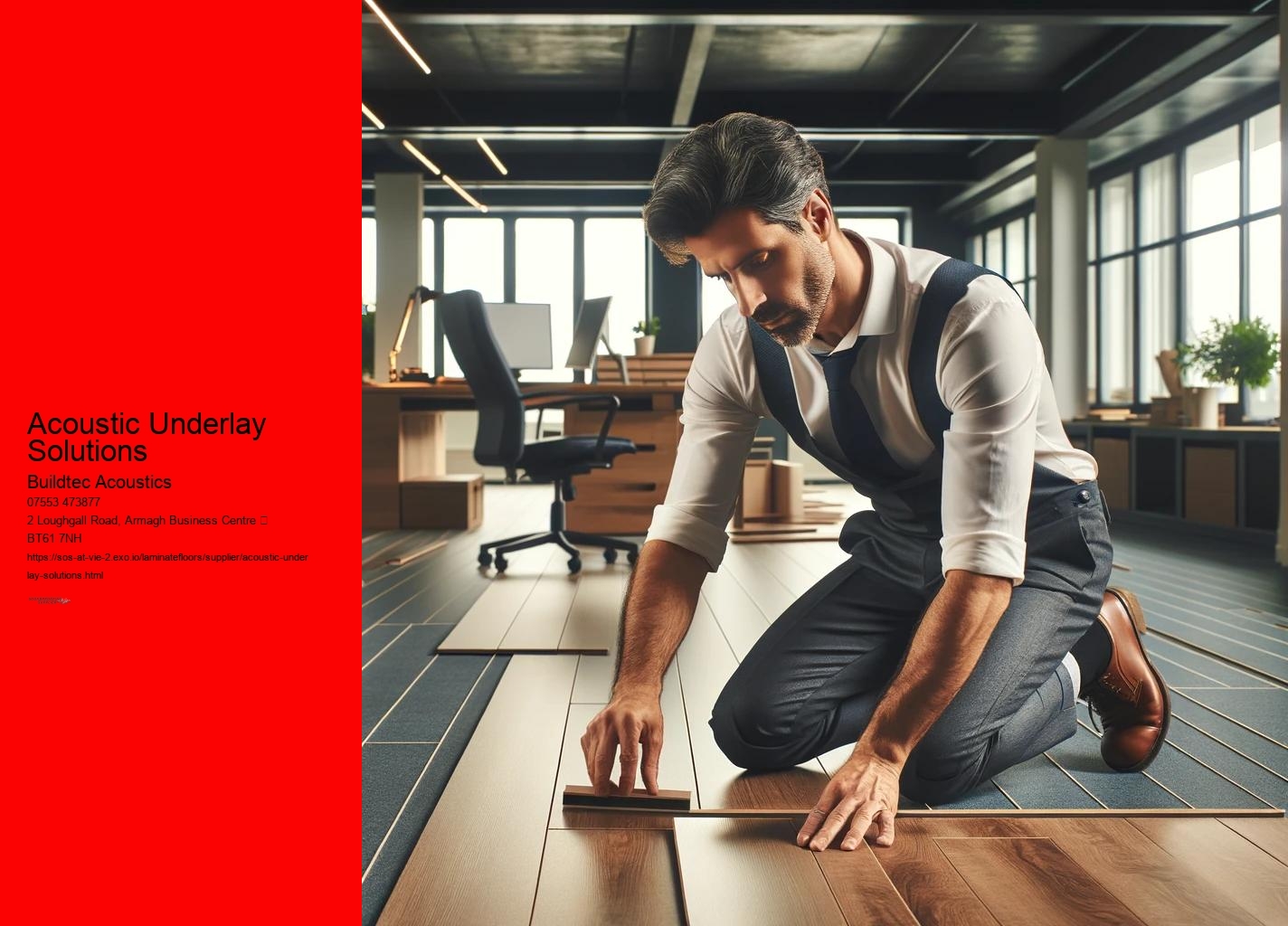Including acoustic underlays in renovation projects also helps ensure compliance with building insulation standards and soundproofing regulations, providing peace of mind to homeowners and builders. Soundproofing Material Products from this Soundproofing Supplier are affective acoustic solutions. Acoustic underlay is a critical solution for effective noise control in residential and commercial environments. The choice of acoustic underlay depends on the type of noise that needs to be managed. Additionally, these materials provide thermal insulation, enhancing the thermal resistance of a room while also managing noise levels. Sound transmission class
Adhesive or double-sided tape can be used to secure the underlay in place, while maintaining tight seams between the pieces to prevent gaps that may impact performance. This process involves the transformation of sound energy into heat, which then dissipates harmlessly.
Acoustic Underlay Solutions - consumer
- fiber
- efficient energy use
- thermal conductivity
- communication
- poly(methyl methacrylate)
- heating equipment
- foot
The use of recycled fibers and materials helps promote recycling, while minimizing the environmental footprint of soundproofing installations. mass consumer Hard surfaces, such as hardwood and laminate, tend to amplify sounds like footsteps, leading to unwanted echo and reverberation.
Acoustic Underlay Solutions - membrane
- Acoustic Underlay
- Sound transmission class
- underfloor heating
The compatibility with different floor finishes makes acoustic underlays an essential component of modern flooring design, helping to create a space that is both visually appealing and acoustically comfortable. Before installing an acoustic underlay, it is important to ensure that the subfloor-whether concrete, particle board, or cement-is clean, level, and dry. Impact noise occurs from activities such as walking, moving furniture, or using appliances like washing machines, while airborne noise includes sounds like conversations, music, and television.
underfloor heating
